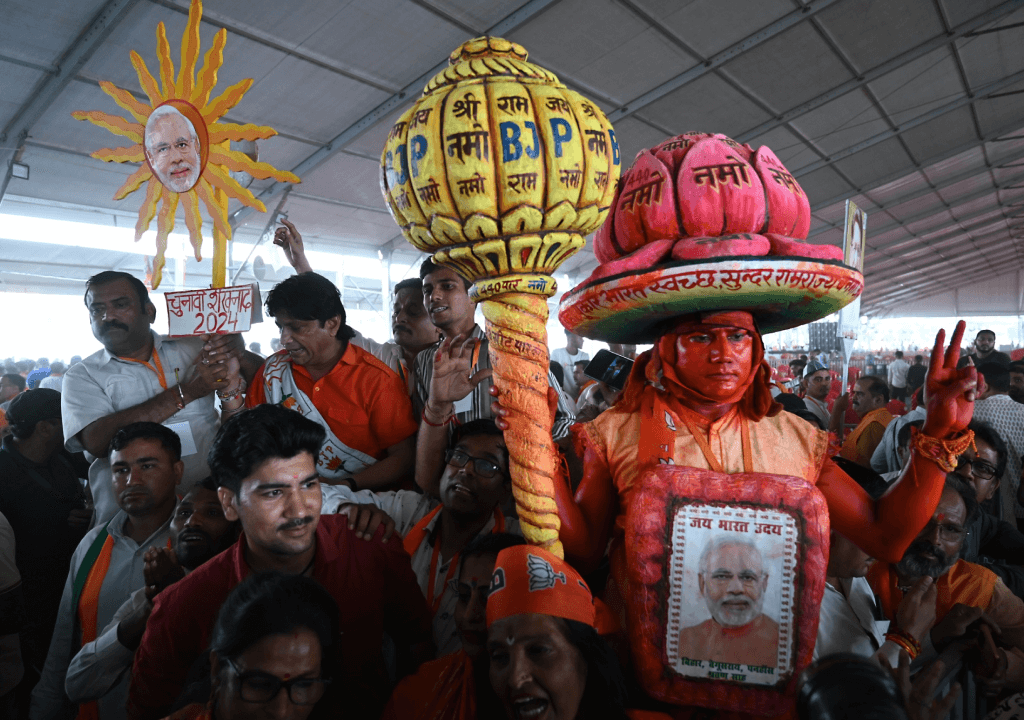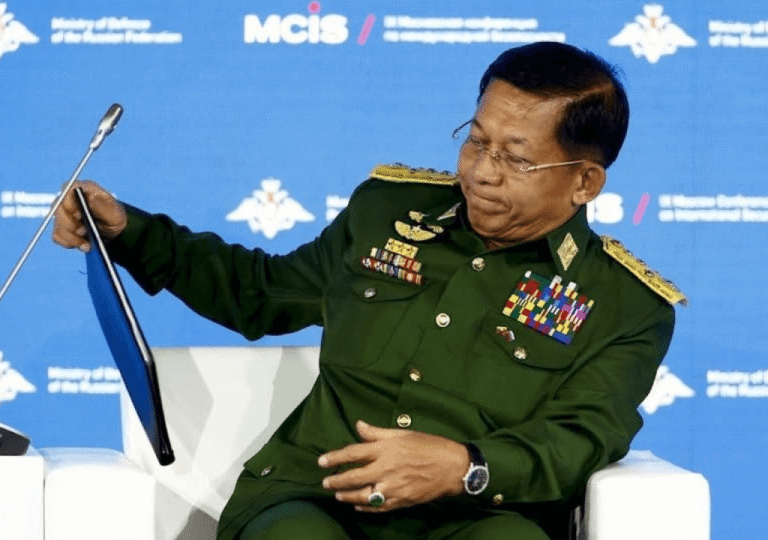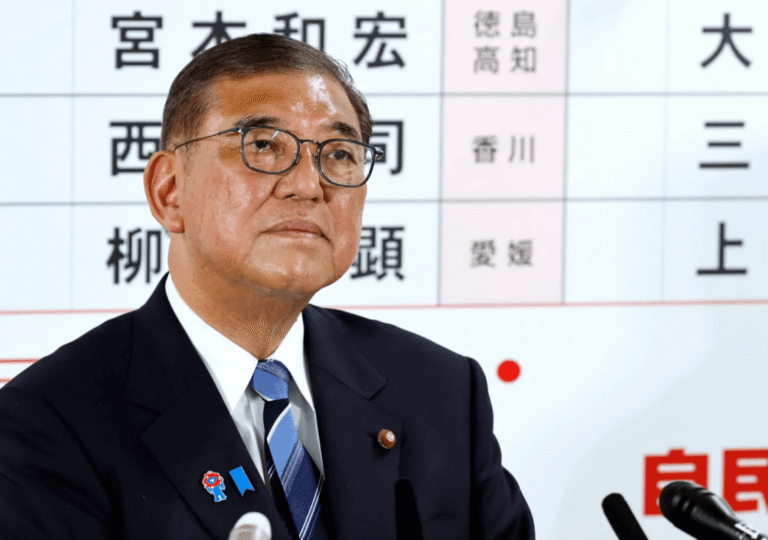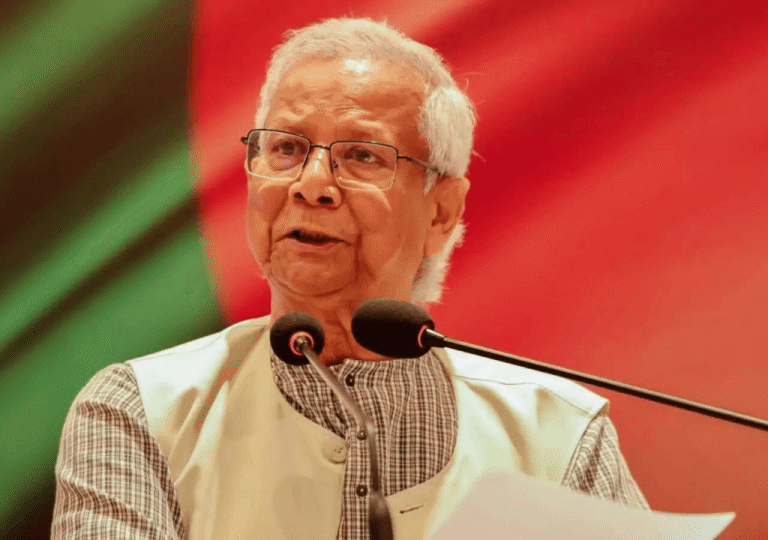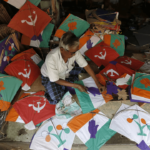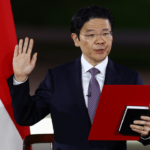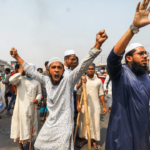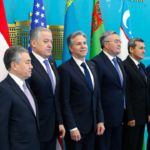Uttar Pradesh is the powerhouse of Indian Politics. With an approximate population of 250 million, it would rank fifth, just below the fourth-placed Indonesia, if it was an independent country. The most populous state in India, wields considerable influence in the country’s representative parliamentary system. The state holds 80 seats, the highest number of seats, out of the total 543 seats in the Lok Sabha (House of commons). Therefore, whoever secures more seats in Uttar Pradesh will determine who will wield power in New Delhi. In the ongoing 2024 general election, voting in Uttar Pradesh spans all seven phases, and unlike the previous elections, the fight is concentrated between the two powerful alliances as seen at the national level. The Bharatiya Janata Party (BJP)-led National Democratic Alliance and the Indian National Congress led Indian National Developmental Inclusive Alliance (INDIA) are making final efforts to sway voters in their favor.
The Bharatiya Janata Party and their allies swept almost every seat in the last two general elections. BJP is confident and hopes they can improve the tally from last time’s 62 seats out of 80 and 50% vote share. Uttar Pradesh contributed more to Modi’s magic in the recent Indian general elections or made Modi’s magic run possible. Several factors favor the BJP this time around. There is a notable absence of anti-incumbency sentiment, and Narendra Modi remains the most popular leader in the state. The positive mood towards the BJP-led Uttar Pradesh state government and Chief Minister Yogi Adityanath is another factor BJP will benefit from. The construction of Ram Mandir, infrastructure projects, and welfare programs for the common people will contribute. Under Modi’s leadership, BJP successfully broke the caste politics once prominent in the state, which is expected to decrease votes for opposition parties that mostly relied on caste politics. The BJP maintains alliances with minor regional parties such as Rashtriya Lok Dal (RLD) and Apna Dal Sonelal, and is competing in a total of 75 out of 80 seats, with the remaining 5 allocated to these regional parties. Prime Minister Narendra Modi is standing from Varanasi, as in previous general elections.
The Indian National Congress (INC), the venerable political party and the second-largest in India, lacks its former prominence in Uttar Pradesh. So, they are in alliance with the strongest regional party in Uttar Pradesh, the Samajwadi Party (SP). The alliance is part of the national-level I.N.D.I.A alliance, which gives a tight contest for Narendra Modi’s third term wish. A total of 62 seats out of 80 will be contested by the Samajwadi Party, 17 seats are allocated for the Indian National Congress, and 1 seat is for the Trinamool Congress. The last general election was a disaster for the Samajwadi Party and the Indian National Congress. The Samajwadi Party only got 5 seats, and the INC shrunk to one seat. Both parties’ recent great performances occurred in the 2009 general election, before Modi’s entry. In that election, the SP won 23 seats, and the INC won 21 seats from Uttar Pradesh. But in the next general election, the political landscape completely changed with Modi’s entry. However, this time, the alliance is confident to gather anti-BJP votes, secular votes, and Muslim votes. They expect that even though anti-incumbency sentiment is not visible outside, people have concerns about the lack of jobs and loss of recruitment in government posts, against the backdrop of unemployment in India. The alliance expects that the call for a caste census will successfully disrupt the Hindu unity stitched by Narendra Modi. Moreover, the decision of charming leaders Akhilesh Yadav and Rahul Gandhi to contest seats in Uttar Pradesh will delight the party’s supporters.
The Bahujan Samaj Party (BSP) is also vying for seats in Uttar Pradesh. Though, Similar to the INC, they are encountering significant challenges in the state. They are contesting in 79 seats in Uttar Pradesh and without forming any major alliance. In the last election, they got the second-biggest tally in Uttar Pradesh with 10 seats. However, they had an alliance with SP in that election that collapsed soon after the election, and since then, the party has been in constant deterioration. Mayawati, the supreme leader, is not looking to contest in the Lok Sabha election, and her nephew, raised as her successor, is not looking like a charming leader. It’s clear they can’t make a stunning performance like in the 2004 and 2009 general elections, but if they repeat 2019’s result, BSP can remain in the political sphere of Uttar Pradesh, and they can be an important player if BJP doesn’t get a single-handed majority at the national level. The Communist Party is also contesting in Uttar Pradesh but doesn’t seem like it will make an impact.
Uttar Pradesh has always perplexed political experts. The “Modi magic” in Previous general elections in Uttar Pradesh was also a wonder. And if Modi gets another sweep from the state, that will also be a wonder. Given the inherent bias in Indian opinion polls, they are not a reliable indicator. However, judging from the state’s mood and the polling rates of the preceding two phases, the BJP seems to hold the advantage. However, the contest between the BJP alliance and the INC alliance remains tight. While exit polls suggest a BJP sweep akin to the 2014 election, there’s anticipation for the Samajwadi Party to stage a comeback. INC and BSP expect seats. It’s evident that Uttar Pradesh plays a crucial role in shaping every parliament and the forthcoming one, so political parties are sparing no effort to sway Uttar Pradesh’s electorate. As someone aptly said, Uttar Pradesh will determine the rulers for New Delhi.

